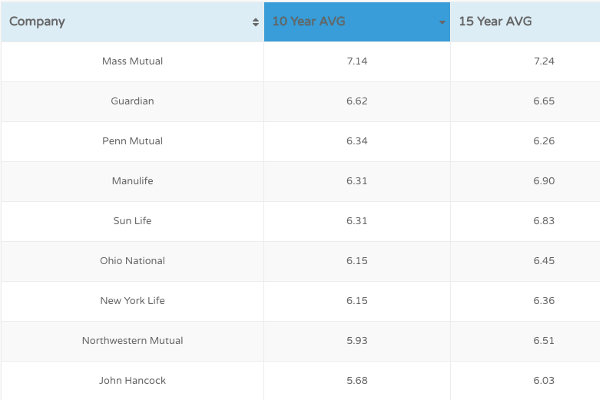When it comes to securing your financial future and protecting your loved ones, life insurance is a crucial investment. There are various options available in the market, and one prominent provider is AARP (formerly known as the American Association of Retired Persons). AARP offers life insurance policies tailored specifically for seniors. In this blog post, we will explore the factors to consider when evaluating AARP life insurance quotes, helping you make an informed decision about your life insurance coverage.
Click below to get a Quote Now
Get Me A Quote
Click below to get a Quote Now
Get Me A Quote
- Coverage Options:
- Premiums and Affordability:
- Death Benefit:
Plan Ahead for Peace of Mind. Request Your AARP Life Insurance Quote Today!
Click below to get a Quote Now
Get Me A Quote
- Cash Value Accumulation:
- Underwriting Process:
- Customer Service and Reputation:
Conclusion:
Evaluating AARP life insurance quotes requires careful consideration of various factors such as coverage options, premiums, death benefits; cash value accumulation, underwriting process, and customer service. By thoroughly assessing these factors and aligning them with your specific needs and financial goals, you can make an informed decision about your life insurance coverage. Remember, life insurance is a vital tool for providing financial security to your loved ones, and choosing the right policy is an important step towards that goal.Plan Ahead for Peace of Mind. Request Your AARP Life Insurance Quote Today!
Click below to get a Quote Now
Get Me A Quote




